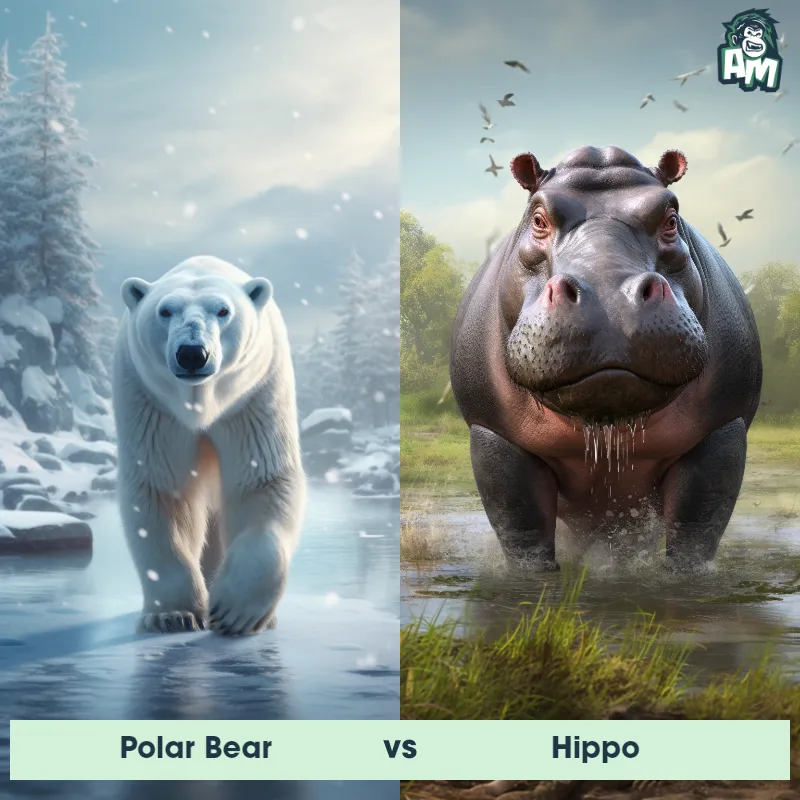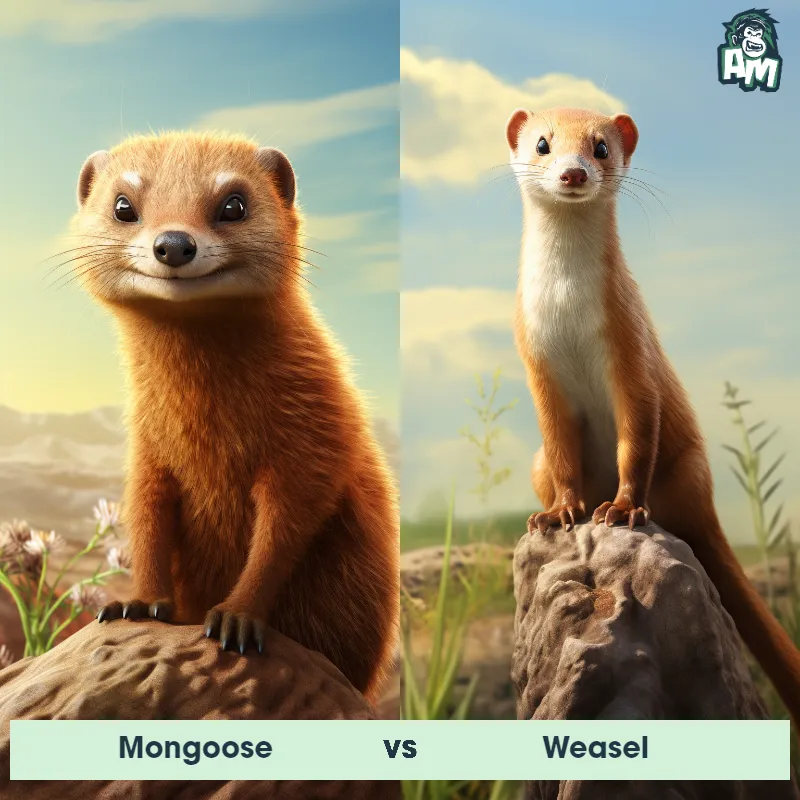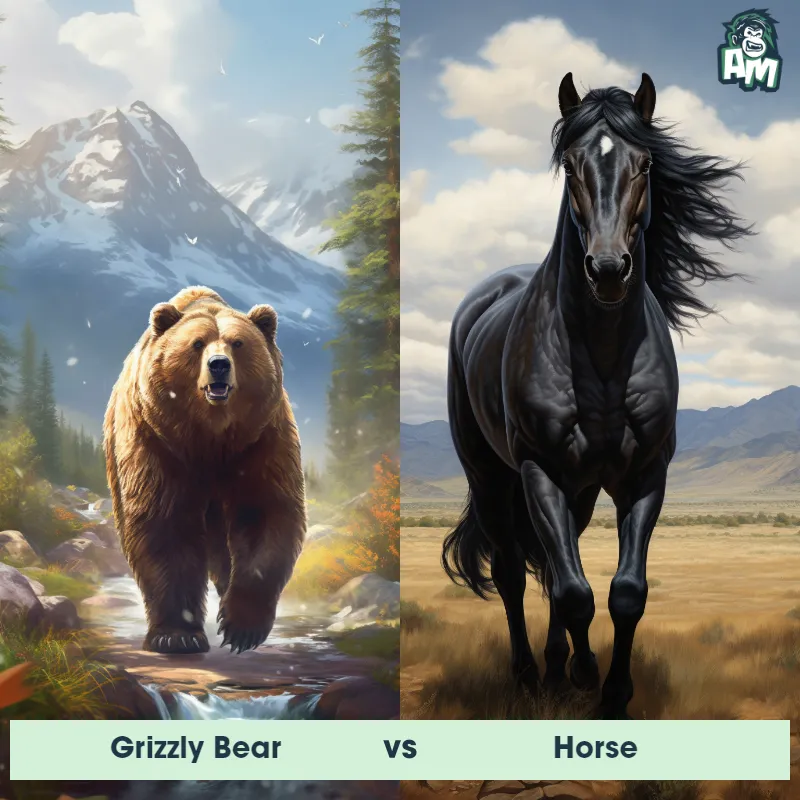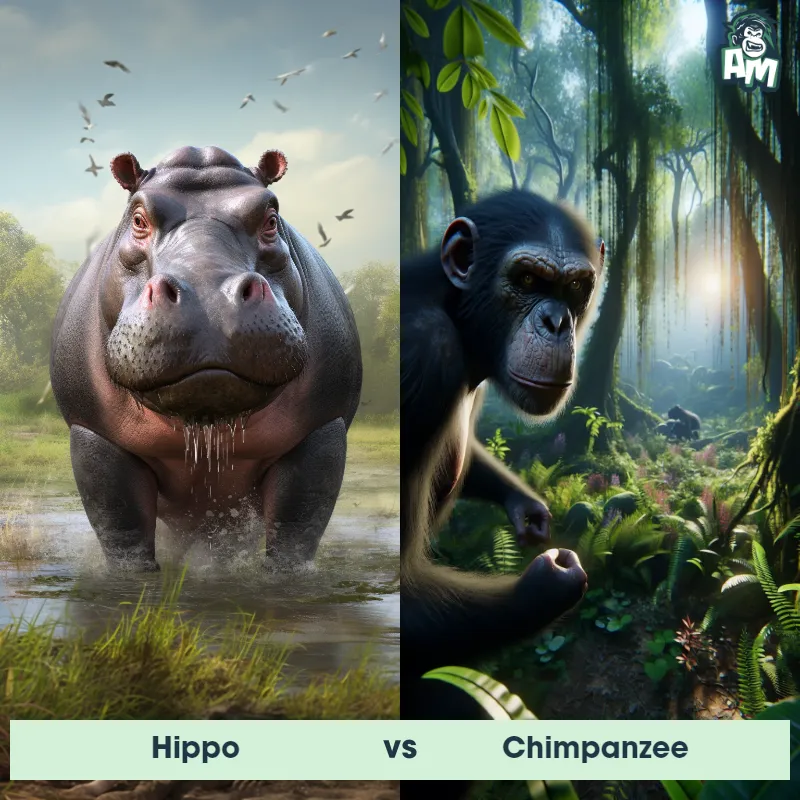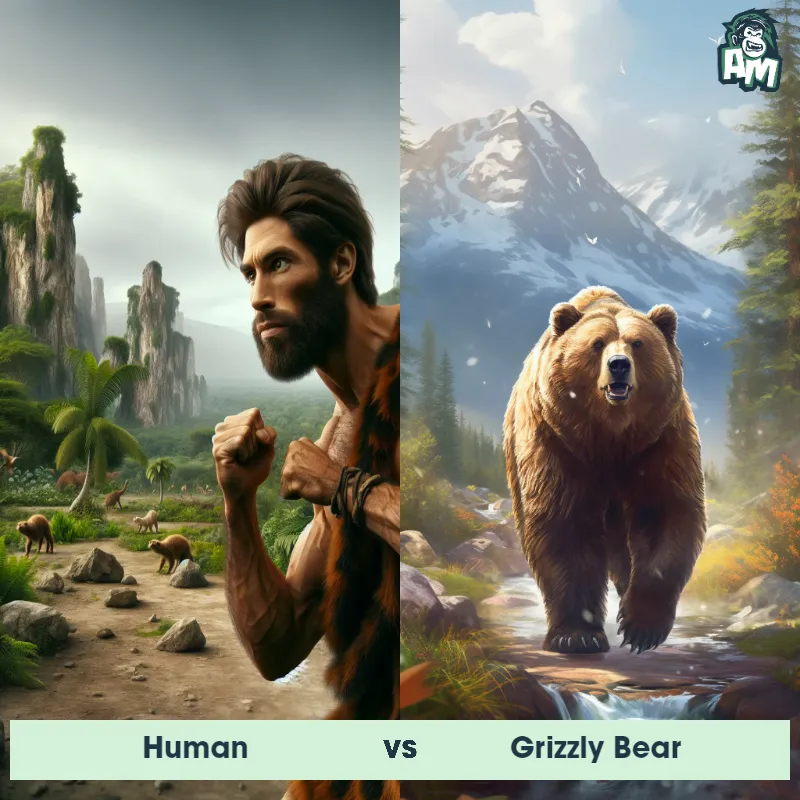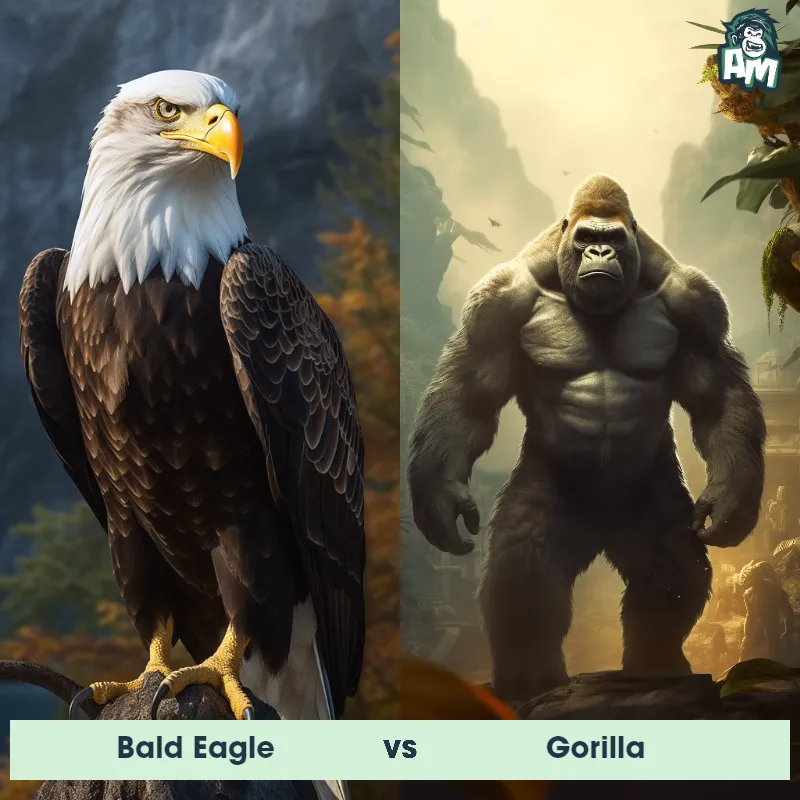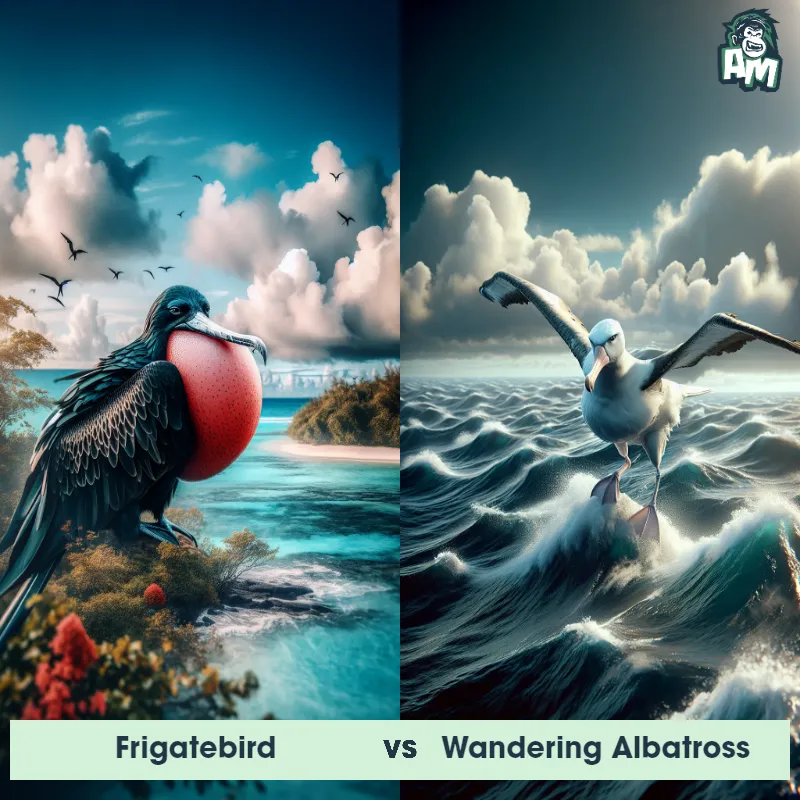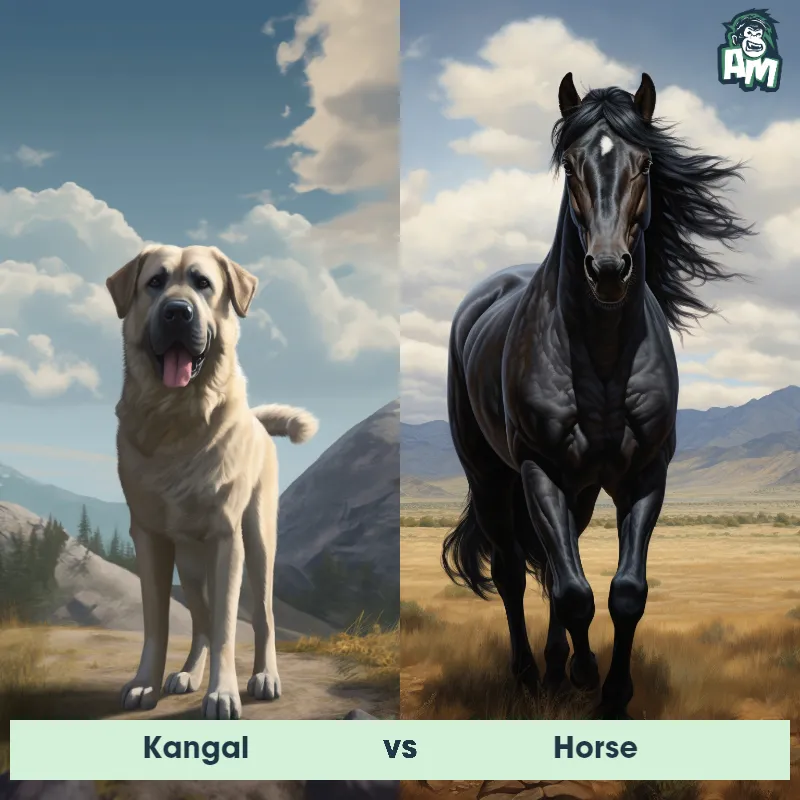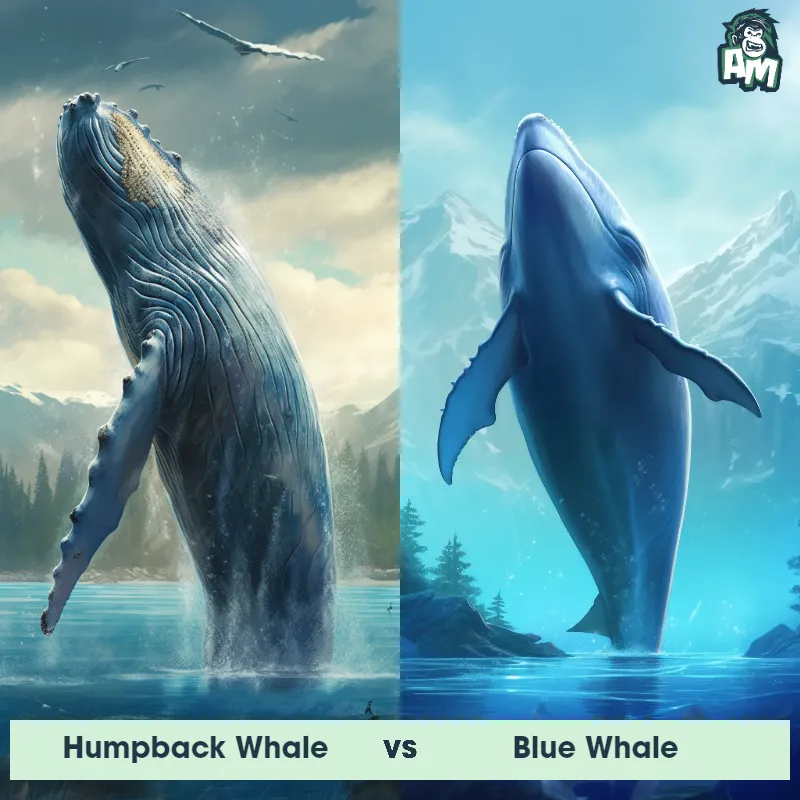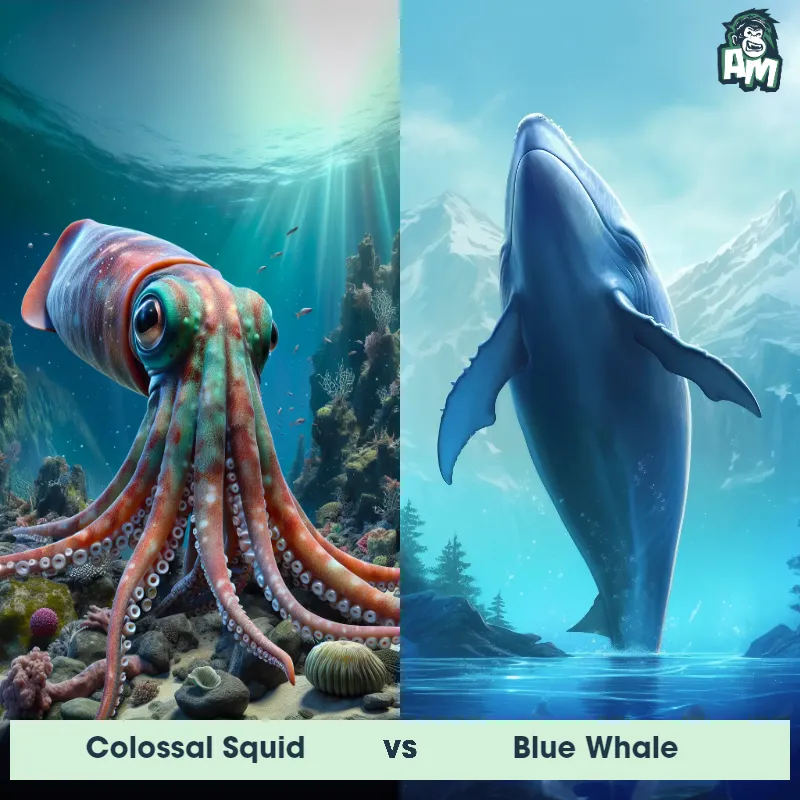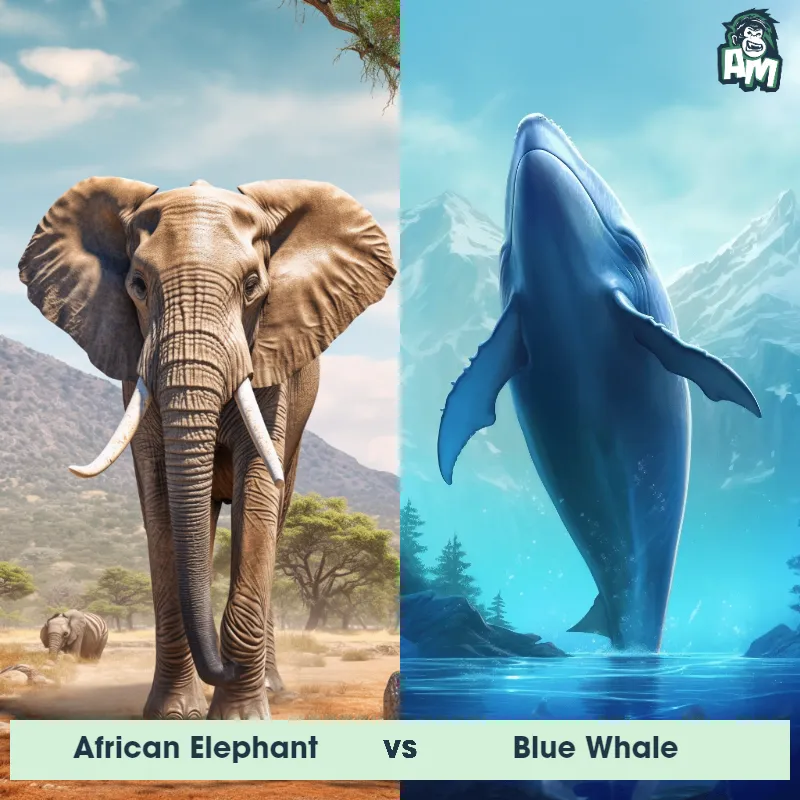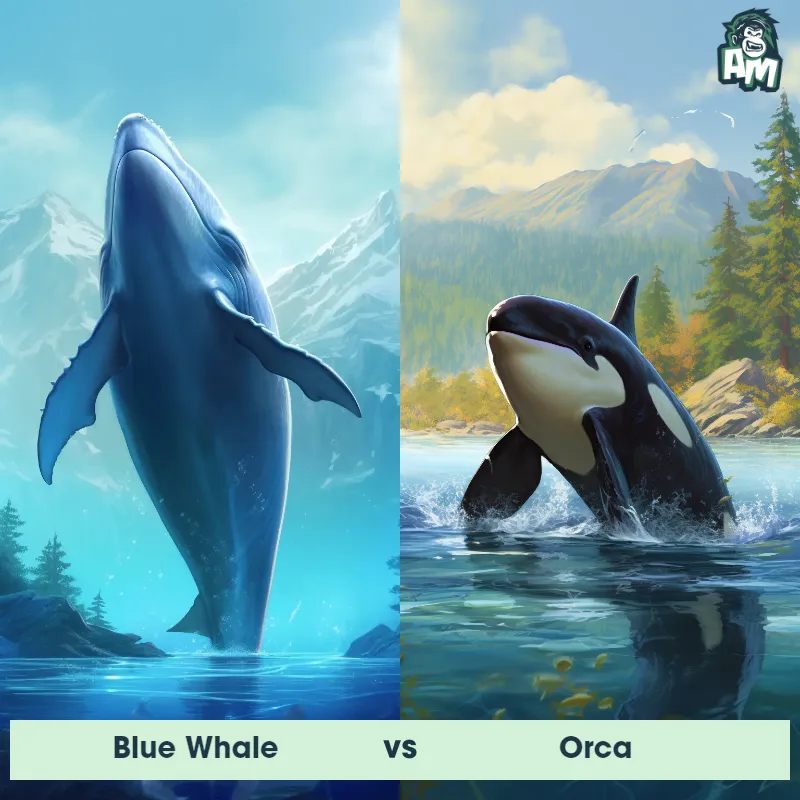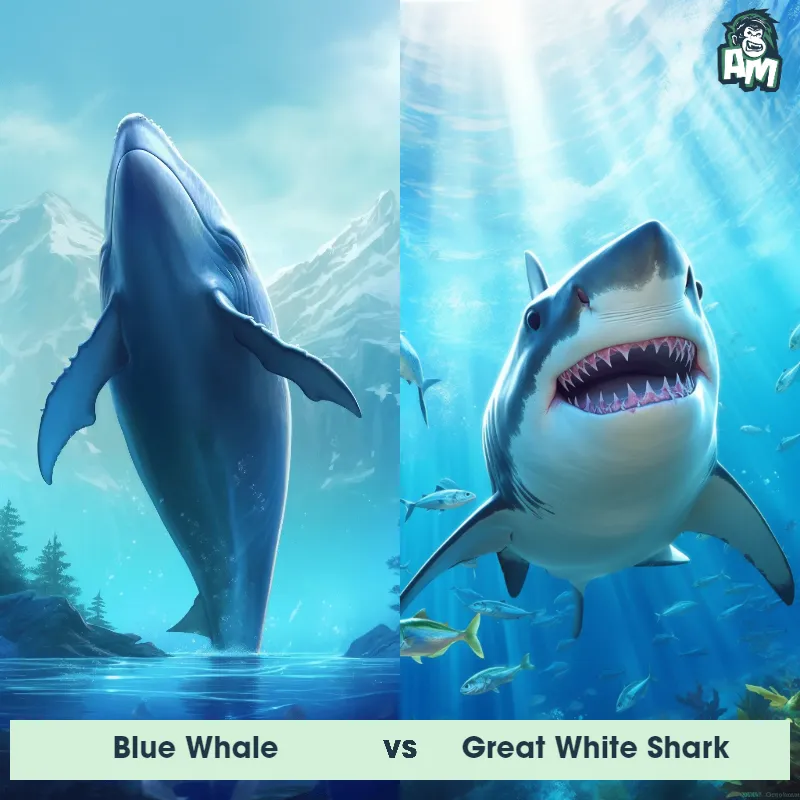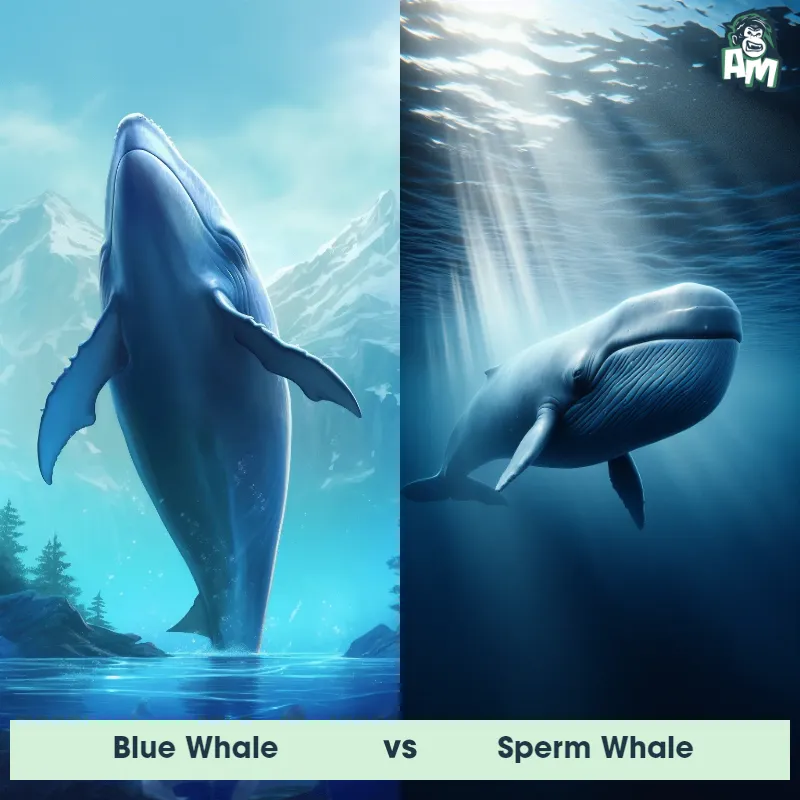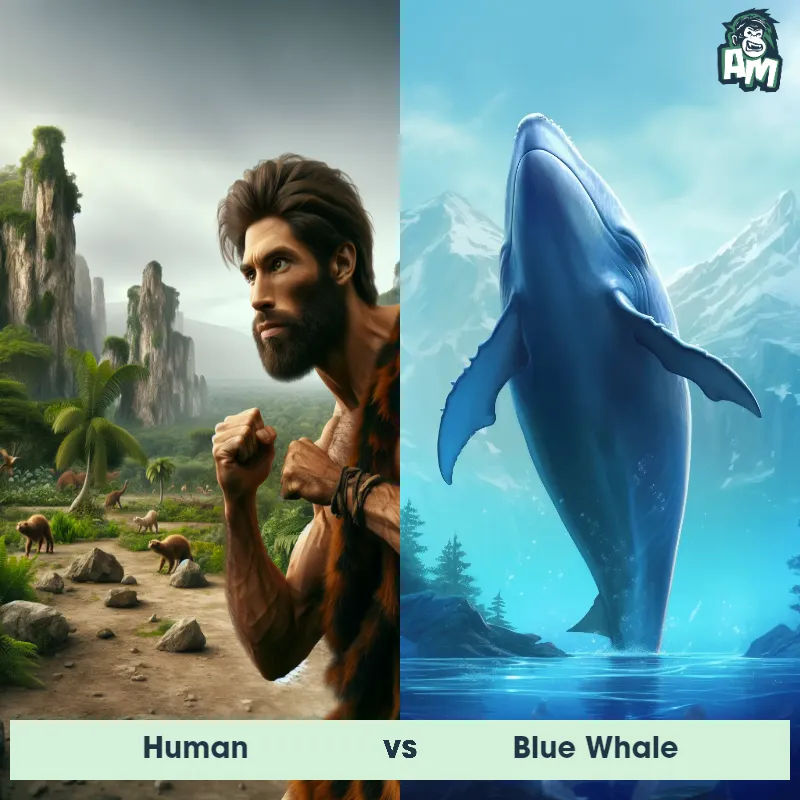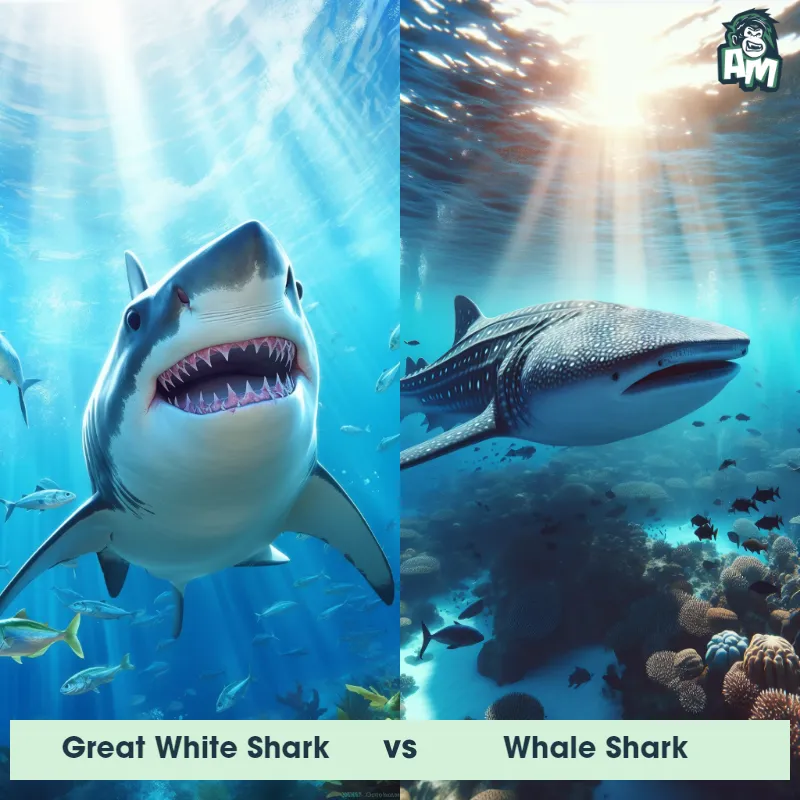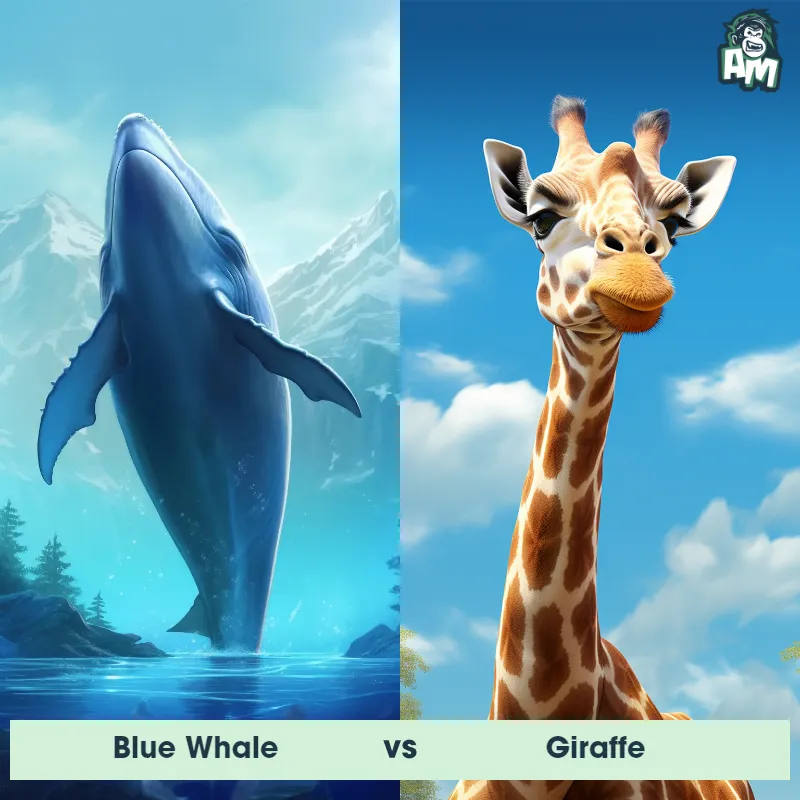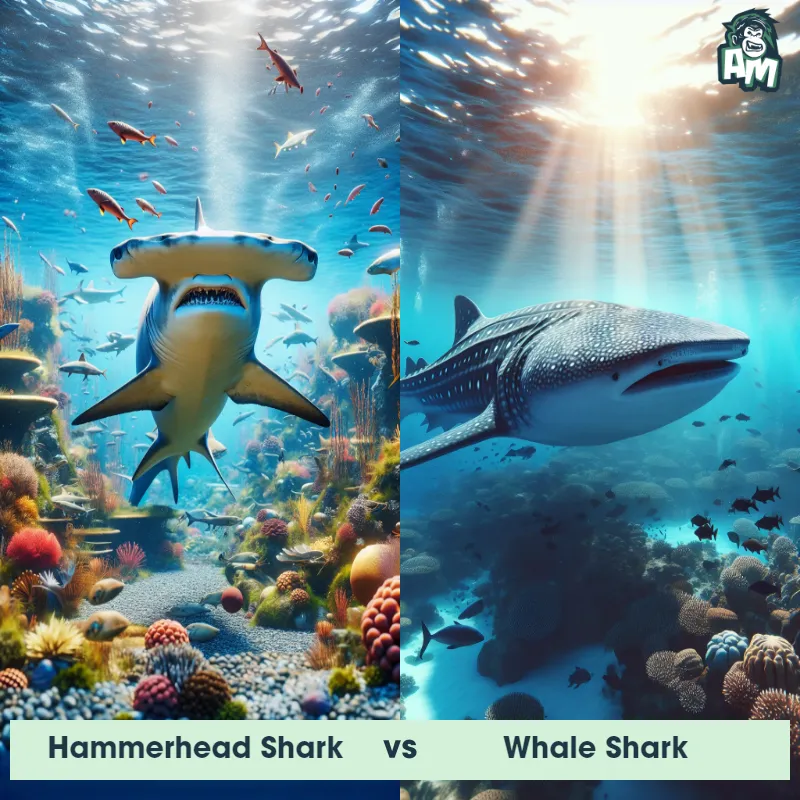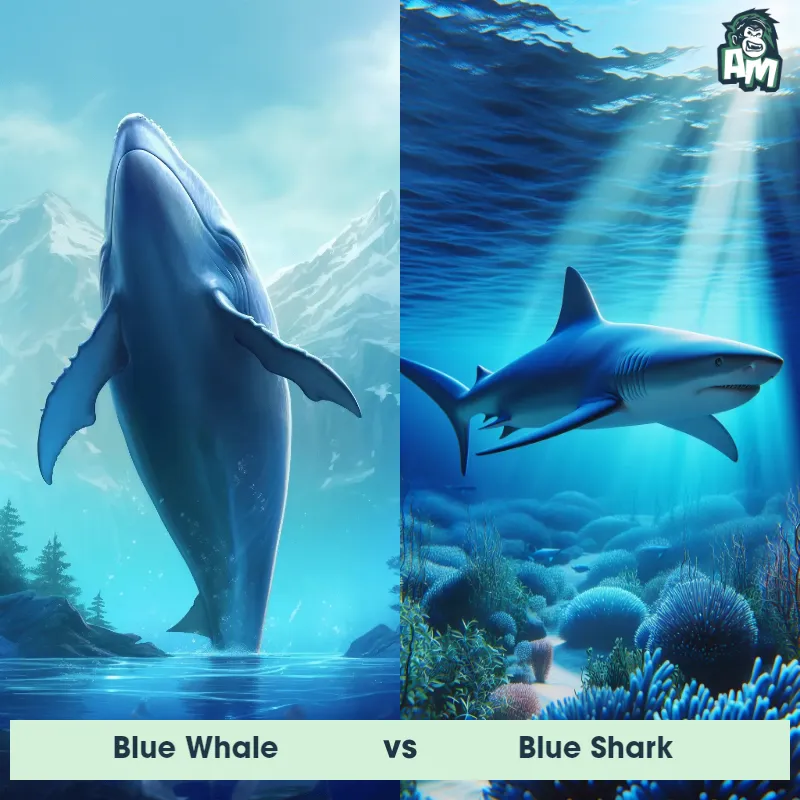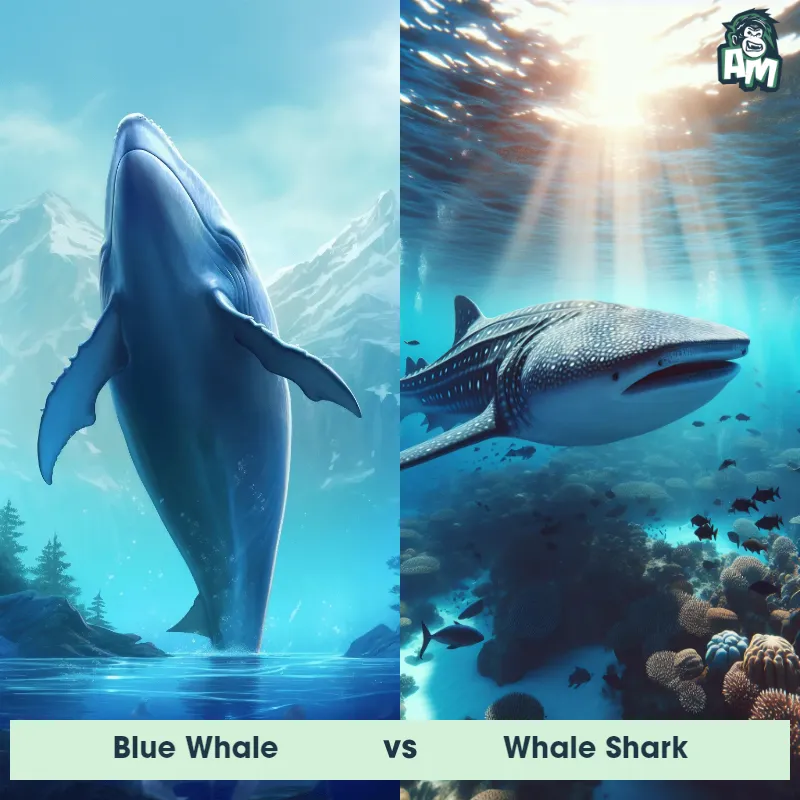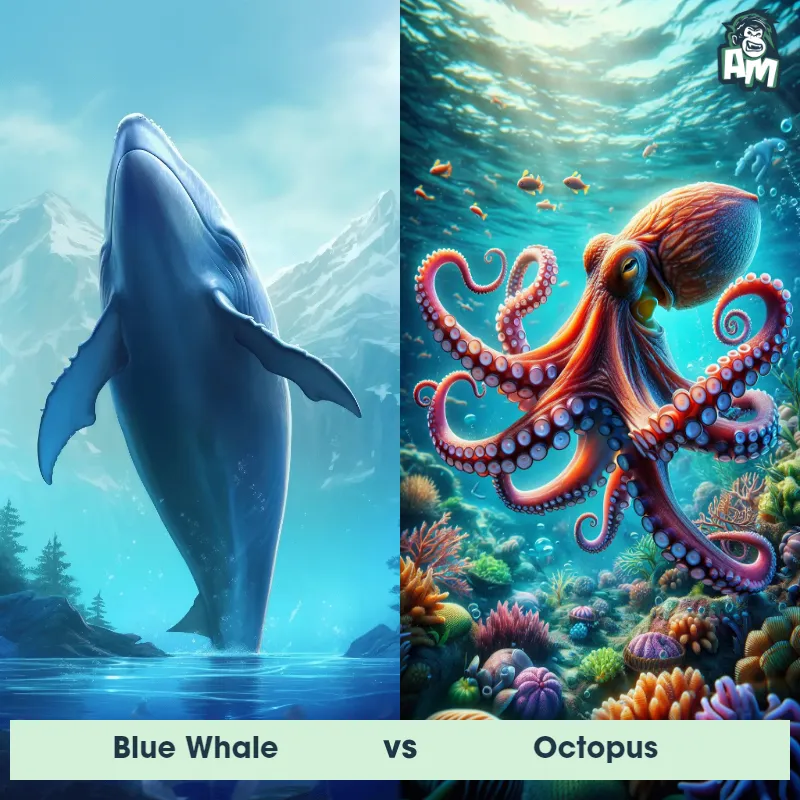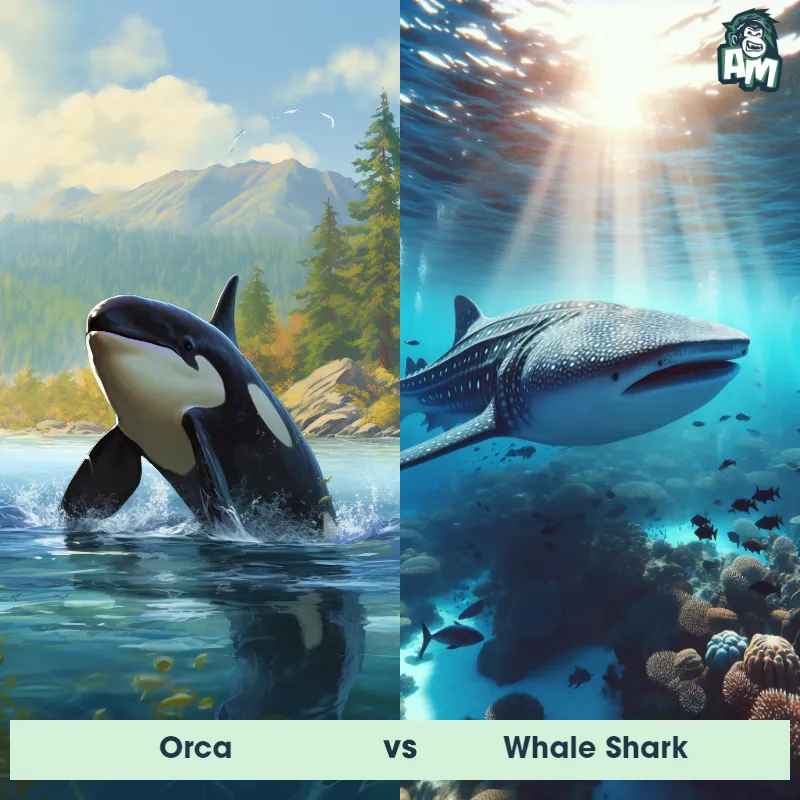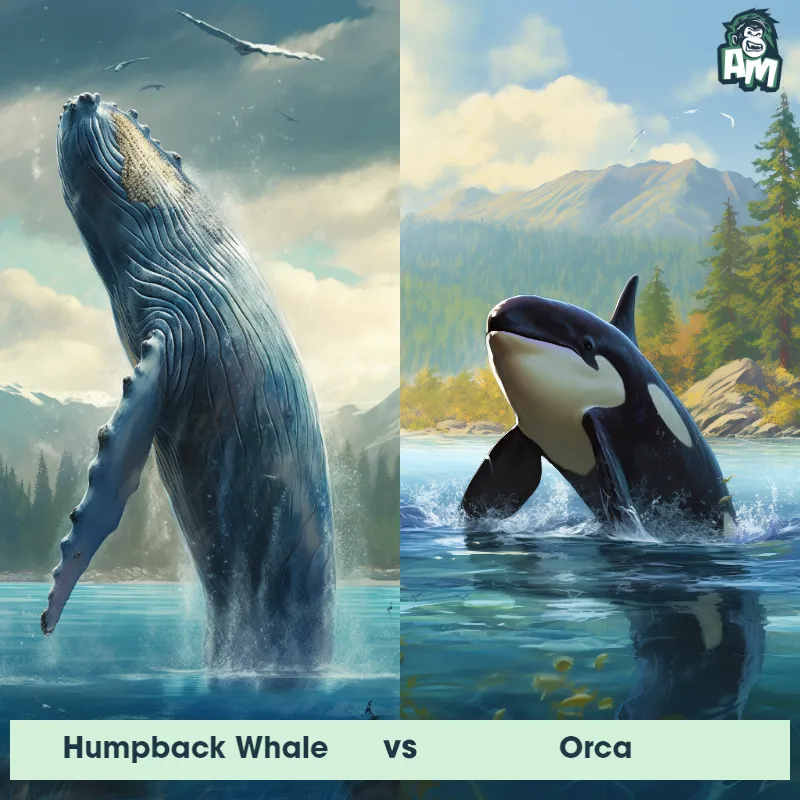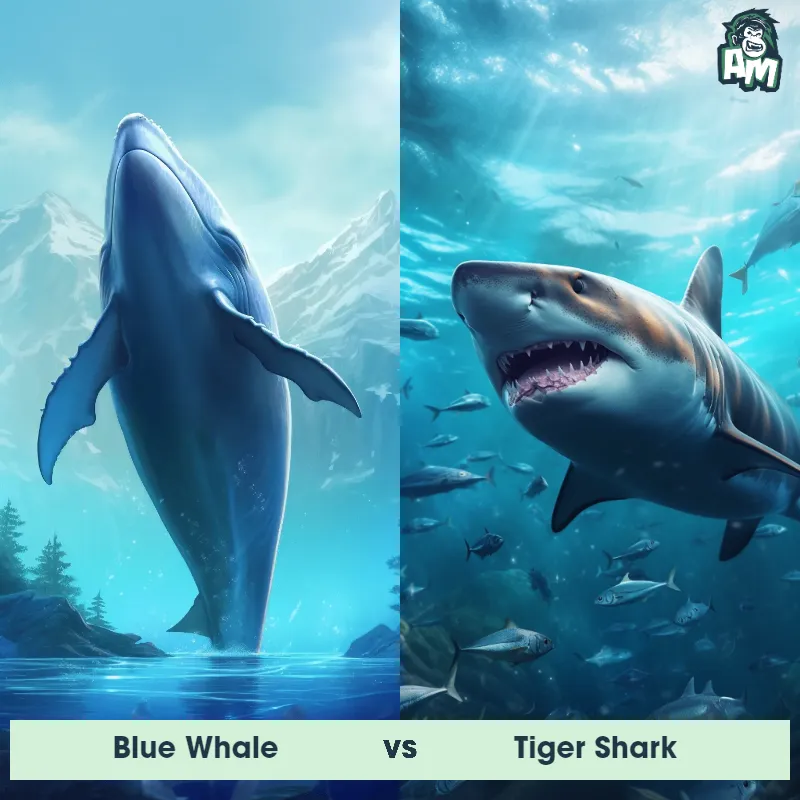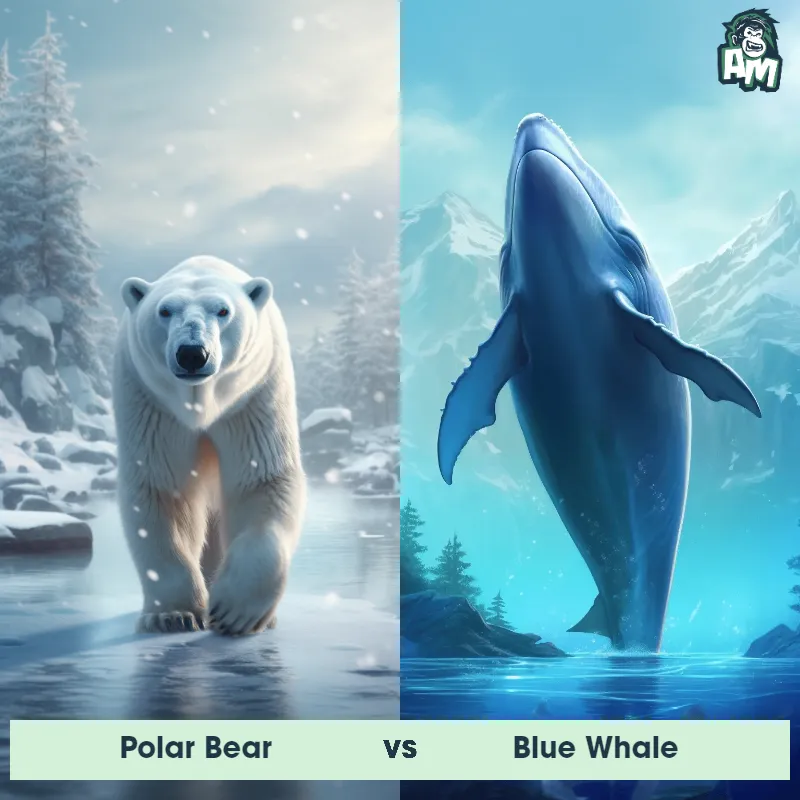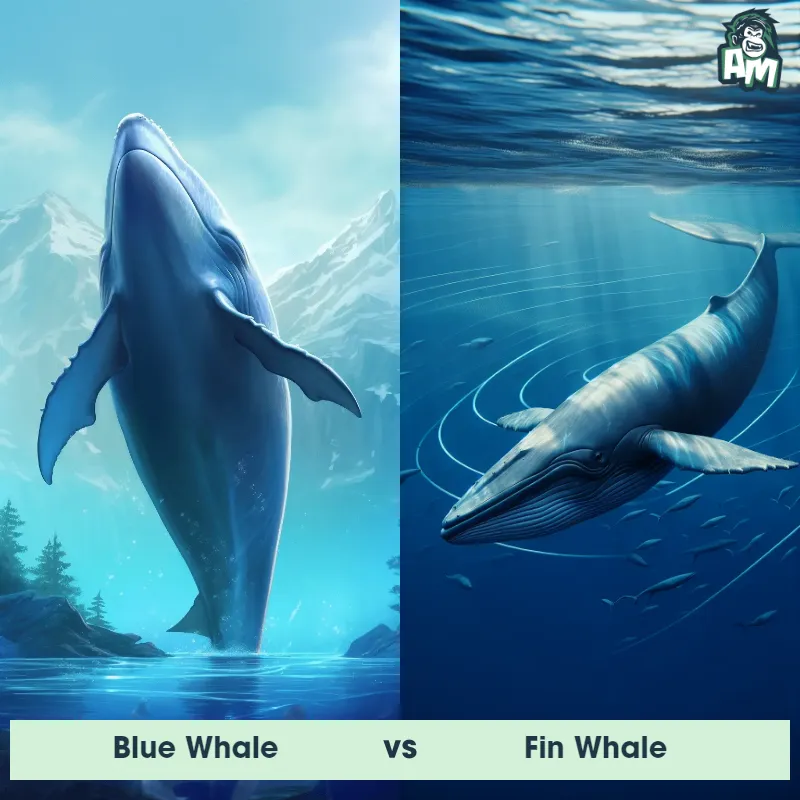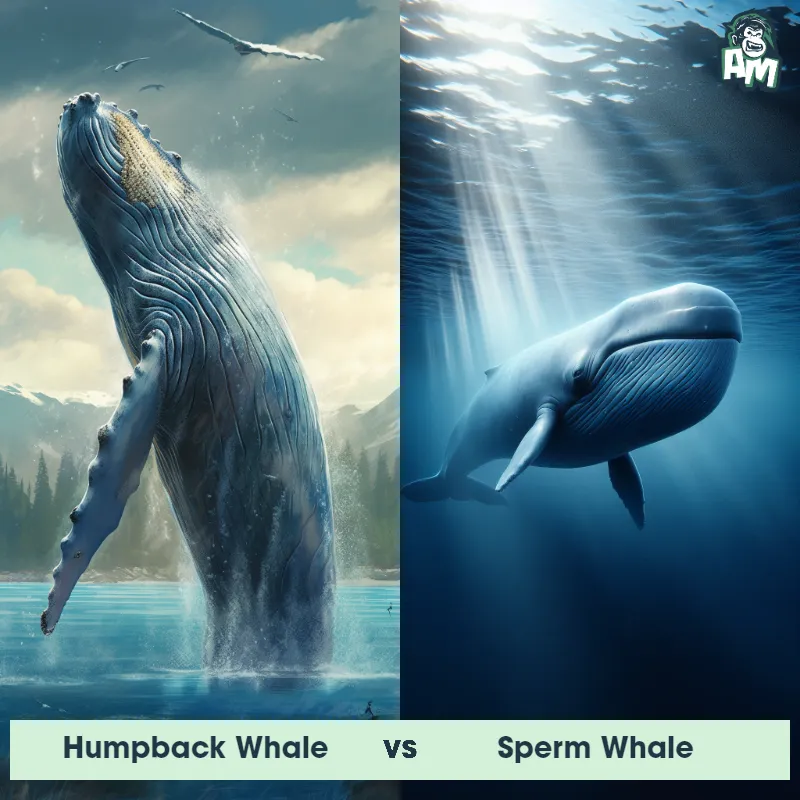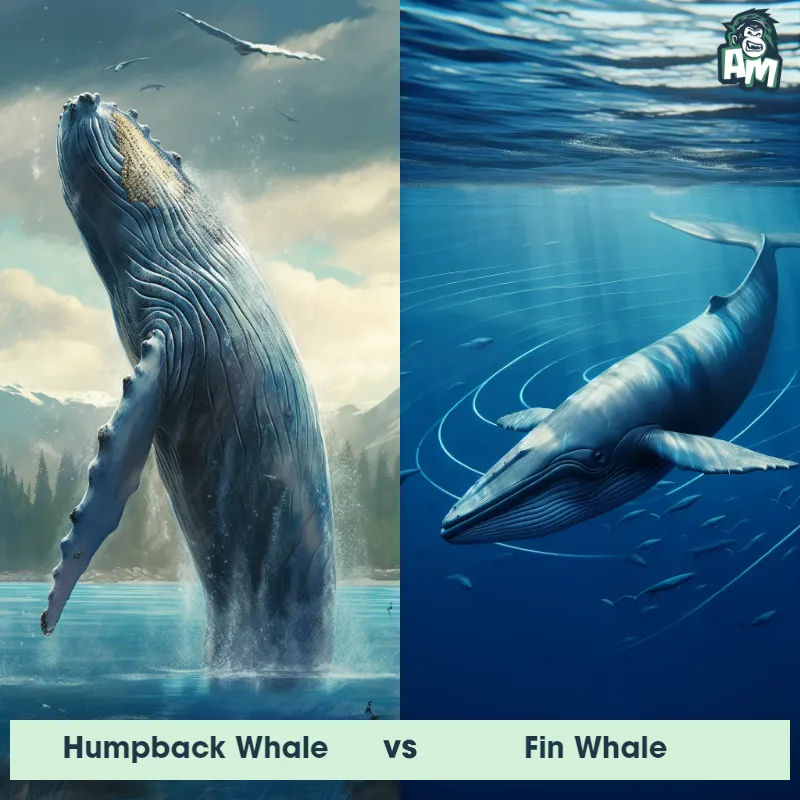Humpback Whale vs Whale SharkSee Who Wins

Ladies and gentlemen, welcome to this extraordinary showdown! We have a battle of titanic proportions tonight, as two giants of the aquatic world clash in an epic three-round fight. In the left corner, weighing in at a massive 40 tons, we have the Humpback Whale. And in the right corner, weighing a colossal 20 tons, we have the formidable Whale Shark. Get ready for an oceanic spectacle like no other!
Contender 1: Humpback Whale
The Humpback Whale, also known as Megaptera novaeangliae, is a large marine mammal that can grow up to 50 feet long and weigh up to 40 tons. They are known for their distinctive hump on their back and long pectoral fins that can reach up to one-third of their body length. Humpback Whales are known for their acrobatic displays, including breaching and tail slapping, and their complex songs that can last up to 20 minutes.
Fun Fact: Humpback Whales are known for their unique feeding technique called bubble net feeding, where a group of whales will blow bubbles in a circular pattern around a school of fish, trapping them in a concentrated area for easier feeding.
Contender 2: Whale Shark
The Whale Shark, known scientifically as Rhincodon typus, is the largest fish species in existence, reaching lengths of up to 40 feet and weighing around 20 tons. This gentle giant has a distinctive flattened head, a wide mouth lined with rows of small teeth, and a broad, rounded snout. Its body is covered in a unique pattern of light spots and stripes against a dark blue-gray color, which helps in camouflage. Despite its massive size, the Whale Shark is considered a filter feeder, sieving huge volumes of water through its gills to capture tiny plankton, small fish, and even small squid.
Fun Fact: The Whale Shark holds the title for being the largest fish in the ocean, but it is actually not a whale at all! It is a species of shark, classified under the order Orectolobiformes, which includes other well-known sharks like the Nurse Shark and the Wobbegong Shark.
Matchup Stats
| Humpback Whale | Whale Shark | |
|---|---|---|
| Size | Up to 50 feet (15.2 meters) | Up to 40 feet (12 meters) |
| Weight | Up to 40 tons (36 metric tons) | Around 20 tons (18,000 kilograms) |
| Speed | Speed: 3-9 mph (4.8-14.5 km/hr) | 3mph (5km/h) |
| Key Strength | Powerful tail for swimming and breaching | None |
| Biggest Weakness | Vulnerable to hunting and entanglement in fishing gear | None |
Current Votes
Humpback Whale vs Whale Shark
See Who Wins
View More Matches
Looking For More?
Similar Matches
Scientific Stats
| Humpback Whale | Whale Shark | |
|---|---|---|
| Scientific Name | Megaptera novaeangliae | Rhincodon typus |
| Family | Balaenopteridae | Rhincodontidae |
| Habitat | Oceans | Open ocean |
| Geography | Worldwide | Tropical and warm waters worldwide |
| Diet | Krill, small fish, and plankton | Plankton, small fish, and small squid |
| Lifespan | 45 years - 100 years | 70 years - 100 years |
Key Differences between Humpback Whale and Whale Shark
- Coloration: Humpback Whales have a predominantly dark grey or black upper body with white or light underbelly, and they often have distinct patterns of black and white on their flukes (tails), whereas Whale Sharks display a unique coloration pattern of light and dark spots or stripes on their enormous bodies.
- Size: The Humpback Whale can reach lengths of up to 52 feet, whereas the Whale Shark can grow to a staggering length of around 40 feet, making it the largest known fish species.
- Body shape: The Humpback Whale has a stocky body with a prominent hump on its back and long pectoral fins, while the Whale Shark possesses a sleek, streamlined body with a flattened head and large, paddle-like fins.
- Dorsal fin: The Humpback Whale has a noticeable dorsal fin that can vary in shape and size, often featuring distinct pigmentation patterns, whereas the Whale Shark possesses a large, triangular dorsal fin positioned far back on its body, which is relatively small in proportion to its large size.
- Head features: Humpback Whales have a relatively small, rounded head with a series of knobbly protuberances on the top known as tubercles, which are hair follicles, while the Whale Shark has a broad, flat head with a massive mouth that can measure up to 4 feet wide.
- Dentition: Humpback Whales possess large baleen plates that hang down and act as a filter for their food, while the Whale Shark has numerous tiny teeth, although it primarily feeds on tiny plankton by filter-feeding as well.



